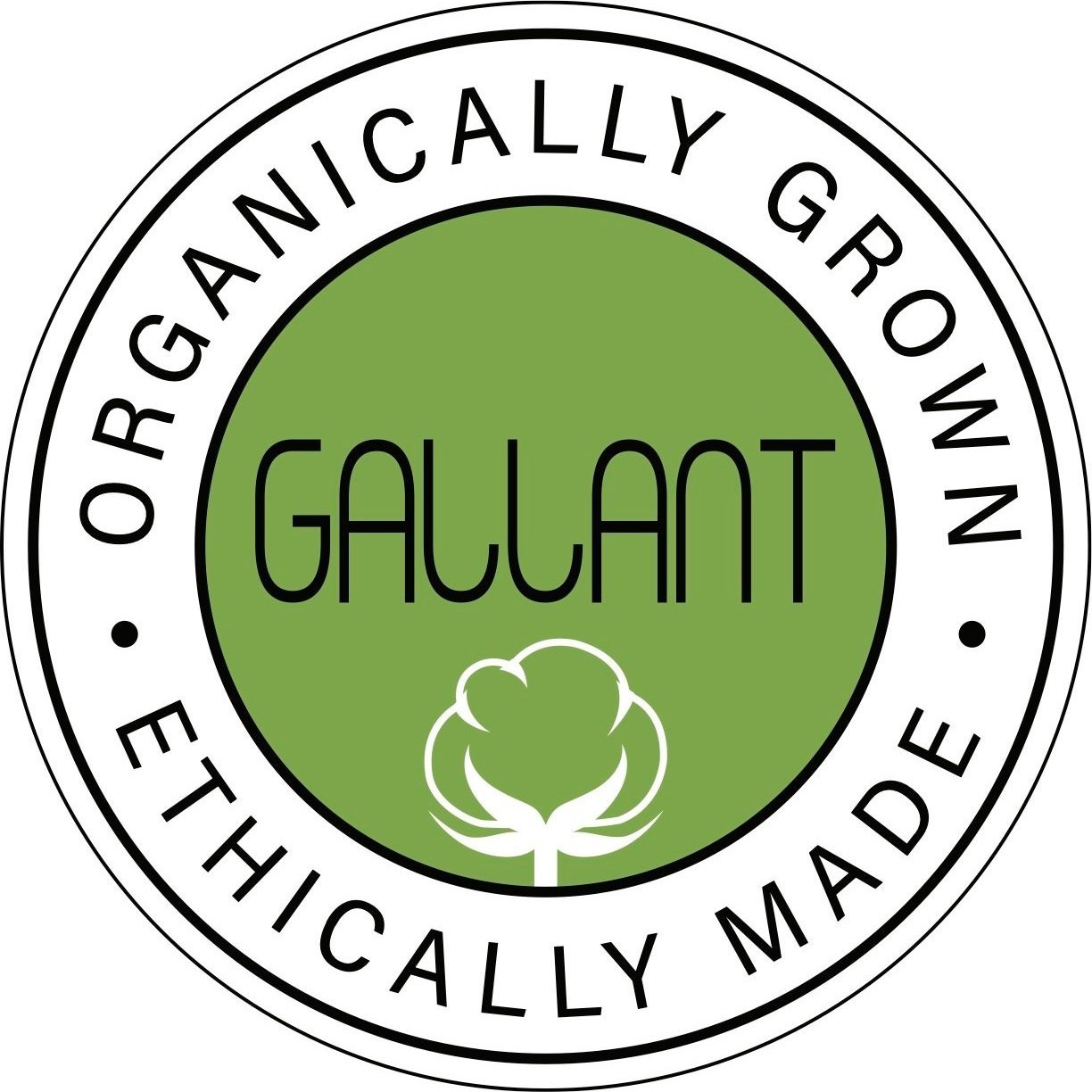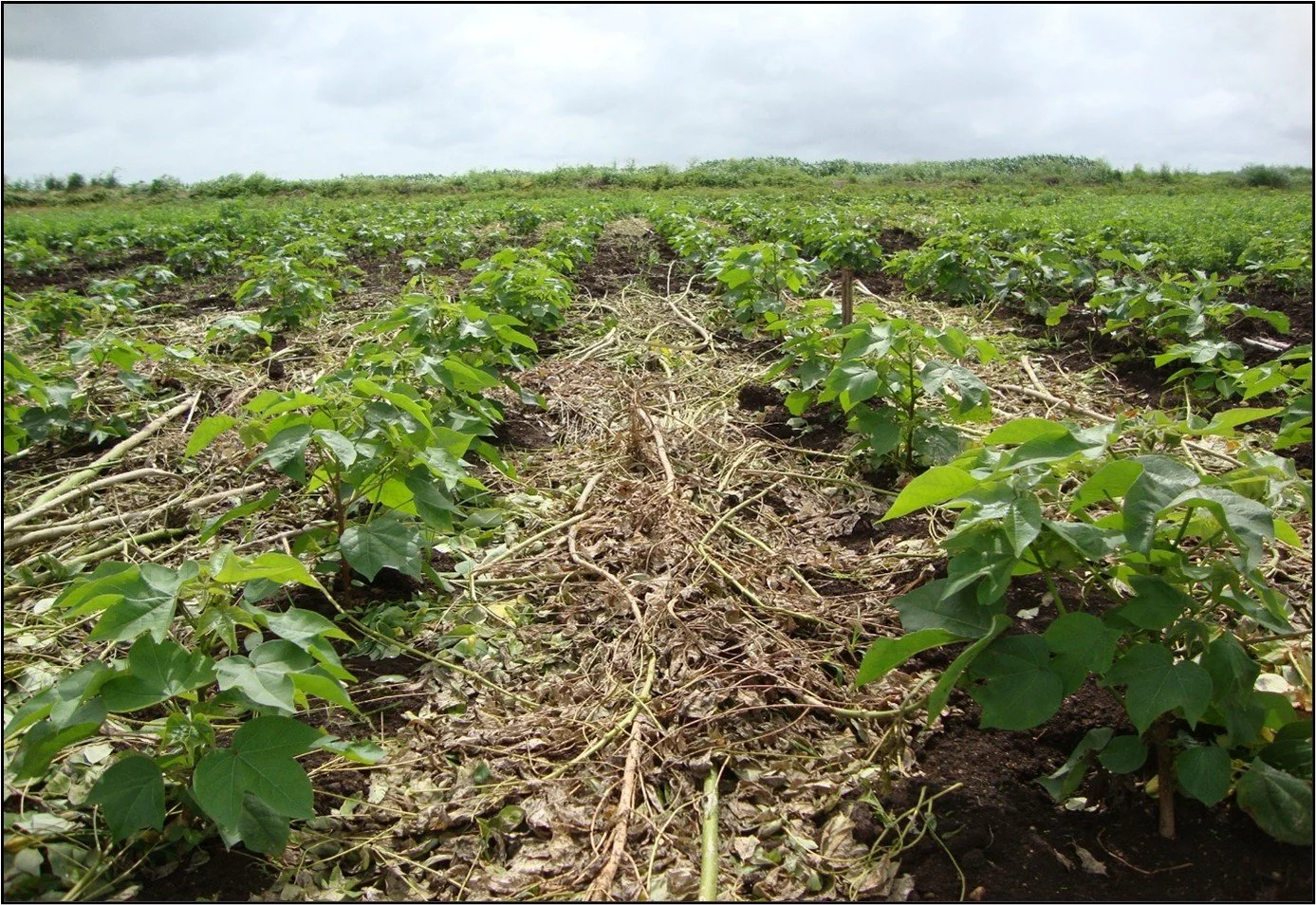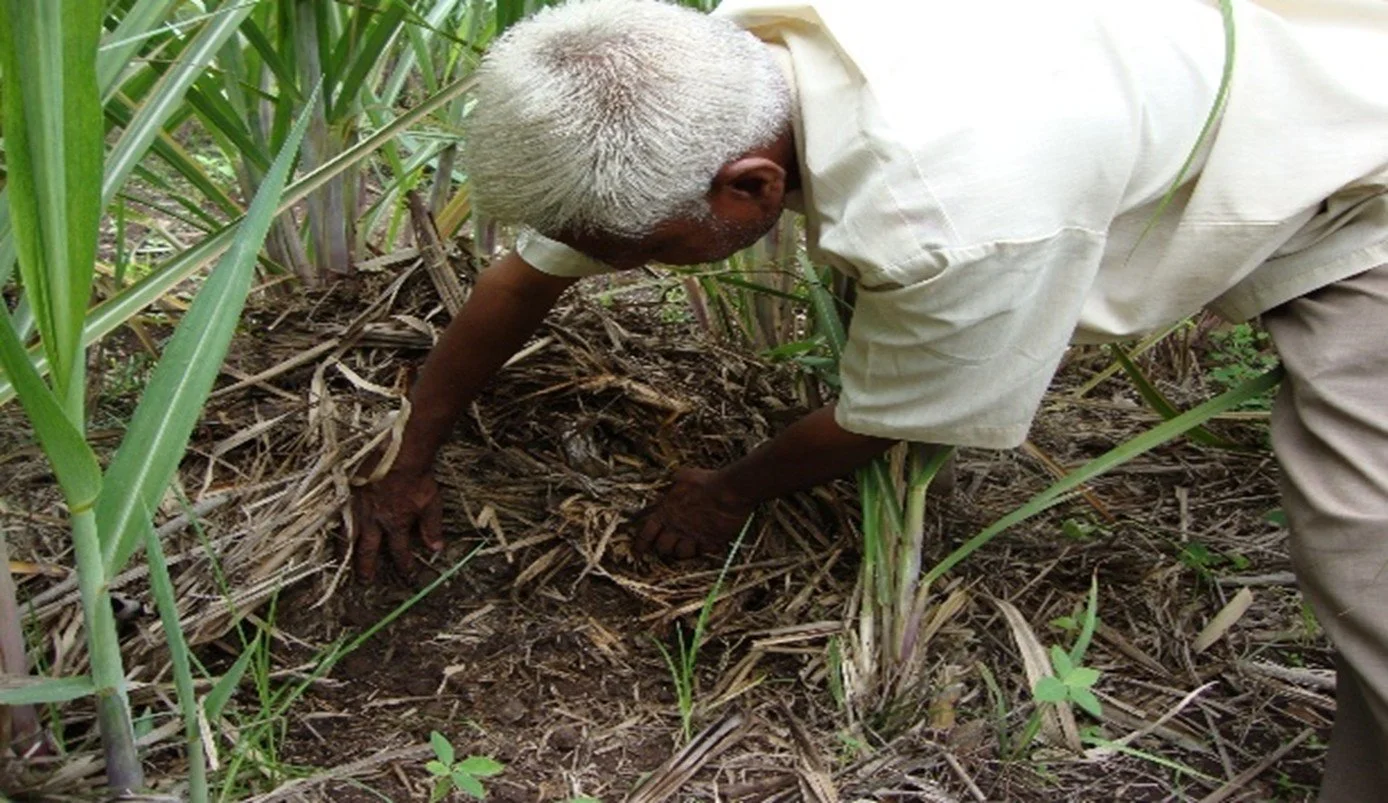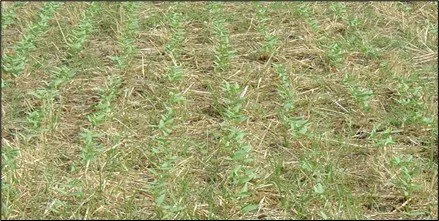Soil Organic Matter: The Unsung Hero of Regenerative Organic Agriculture
The Unsung Hero: Soil Organic Matter and a Path to Regenerative Organic Agriculture
Soil Organic Matter (SOM) is what makes the soil a living and dynamic system that supports all life on this planet. Soil is more than just dirt; it's a living ecosystem, and its vitality is largely determined by a relatively small component SOM. It is the food source for soil microorganisms and soil fauna. Without OM, the soil would be almost sterile and consequently extremely infertile. Comprising decomposed plant and animal residues, microbial biomass, and humic substances, SOM is the engine of soil life, playing a disproportionately large role in determining soil health, supporting robust plant growth, and ultimately, building a truly climate-resilient agriculture. Regenerative Organic Agriculture (ROA), an evolution of organic principles, ROA explicitly aims to reverse climate change by sequestering carbon in the soil and improving all aspects of soil health, water cycles, and biodiversity. Both Organic and Regenerative Organic Agriculture systems inherently prioritize soil health, with SOC management being a central tenet.
I. The Multifaceted Role of SOM accrues from the fallowing facts
SOM is an indispensable factor that improves the physical, chemical, and biological properties of the soil, forming the foundation of a healthy, productive system.
1. Physical Properties: The Soil Architect acts like a sponge and a glue gives structural stability to soil.
Structure and Aggregation: SOM binds soil particles (sand, silt, clay) into stable clusters called aggregates. This creates a desirable, crumbly structure (good tilth) that resists breakdown from rainfall or tillage.
Water Management: The sponge-like nature of SOM drastically increases the soil's water-holding capacity. This is crucial for buffering against drought. Aggregation also creates larger pores, improving infiltration (water entry) and drainage (preventing waterlogging and runoff).
Aeration and Compaction: Improved aggregation creates more non-capillary pore space i.e. soil porosity, allowing for vital gas exchange (aeration), which is necessary for root and microbial respiration. This makes the soil more resistant to compaction.
Erosion Control: Better aggregation and ground cover from residues associated with SOM management reduce the risk of both wind and water erosion.
Soil formation: Organic matter in or on the soil protects the soil, regulates soil temperature and humidity, influence various soil processes leading to Soil formation.
2. Chemical Properties: The Nutrient Reservoir a powerhouse of soil fertility, supply all essential nutrients to higher plants.
Nutrient Supply: As SOM decomposes, it slowly releases essential plant nutrients—primarily nitrogen (N), phosphorus (P), potassium and sulphur (S)—in plant-available forms, reducing reliance on synthetic fertilizers. There is very little in-organic nitrogen in soils and much of it is obtained by conversion of the organic forms. Plants are therefore, dependent either directly or indirectly, for their nutritional requirement of nitrogen on SOM. There is a close relationship between soil organic matter and nitrogen content (OM/N ratio) of soils. On an average, SOM content of mineral soil is about 20 times that of nitrogen.
Cation Exchange Capacity (CEC): Humus, the stable fraction of SOM, carries a high negative charge, dramatically increasing the soil's CEC. This is the soil's ability to attract and hold positively charged nutrient ions (cations) like calcium, potassium, magnesium, zinc, copper and iron, preventing them from leaching away.
pH Buffering: SOM helps stabilize soil pH, making the soil more resistant to sudden changes in acidity or alkalinity, which ensures a wider range of nutrients remains available to plants. Contributes to nutrient release from soil minerals by weathering reactions, and thus helps in nutrient availability in soils.
3. Biological Properties: The Life Force, the food and shelter for the vast, diverse community of soil organisms.
Microbial Fuel: It provides the carbon and energy source that drives the entire soil food web—from bacteria and fungi to earthworms.
Biodiversity: Higher SOM levels support greater microbial activity and diversity. These organisms are essential for nutrient cycling, breaking down toxins, and forming the glues that create stable soil aggregates.
Organic byproducts: Various organic and in- organic substances produced by diversified soil organisms are beneficial to crops as growth regulating substances.
Disease Suppression: A healthy, diverse microbial population fostered by SOM can out-compete or antagonize plant pathogens, leading to greater disease suppression and healthier plants.
II. Soil Organic Carbon (SOC)
SOC is the measurable carbon component of SOM, which consists of plant and animal residues at various stages of decomposition, soil organisms, and substances synthesized by soil organisms. SOC is a critical indicator of soil health and agricultural sustainability. It is often related to SOM using a conversion factor 1.72(e.g., SOC x 1.72 = SOM).
III. Soil Health, Plant Health, and Climate Resilience
The improvements in soil properties directly translate to a profound increase in soil health, which in turn supports plant health and fosters climate resilience.
Soil Health: A soil rich in SOM is characterized by better structure, greater fertility, and a vibrant biological community. This holistic state is what defines a truly "healthy soil’’.
Plant Health: Plants grown in healthy, SOM-rich soils benefit from consistent water and nutrient supply, reduced stress from drought or waterlogging, and less pressure from pests and diseases. This results in stronger, deeper root systems, higher yields, and more nutritious crops.
Climate Resilience: SOM is critical for a farm's ability to withstand extreme weather. Its enhanced water-holding capacity makes crops more resilient to drought, while its improved structure reduces flood damage by increasing infiltration and reducing runoff and soil erosion during heavy rains.
III. Soil Health, Plant Health, and Climate Resilience
The term SOM usually refers to that organic material which are a part of the soil matrix. Plant, animal and microbial materials are the primary sources of OM. Plant tissues and microbial cells contain approximately 40 to 50% of carbon on dry weight basis. This includes:
1. Humic substances which are the stable end products of decomposition of plant and animal residues.
2. Biological organic molecules (both macro molecules and micro molecules) which are
components of plant or animal tissues e.g. proteins, CHO’s, lignin’s, lipids, peptides, amino acids, organic acids, alcohols etc., these are collectively called the non-humic substances.
3. Partially decomposed plant residues formed by the action of soil fauna and MO on the litter.
4. The litter layer which consists of dead plant residue at the upper most layer of soil (mulch)SOM generally refers to the humic substances which comprise the large fraction 85-90% and non-humic substances which constitute 10-15% of total organic materials.
Humus
Humic substances are produced when plant residues and other organic debris are broken down and or chemically recombined under the influence of enzymes. They are colloidal sized, crystalline and polymorphic substances having dark colors (black and brown, black to yellow). Three fractions of humic substances are fulvic acid, humic acid and humin
i. Fulvic acid is most soluble fraction being soluble in water, acid and alkali. FA’S have yellow to brownish in color.
ii. Humic acids are that fraction which is soluble only in alkali. It is not soluble in acids and water. It has dark brown to black in color.
iii. The most insoluble fraction of humus is humin which is not soluble in both acid and alkali. This fraction is very strongly bound to the soil mineral matrix and is difficult to extract. It gives good physical structure to the soil.
IV. Nature and amount of soil organic matter
It vary and are largely dependent on the environmental conditions.
Organic matter= f (climate, time, vegetation, parent material, topography).
1. Climate: Climate plays the most important role in determining the extent of SOM accumulation. SOM content decreases 2-3 times for every 10oC rise in mean temperature. Decomposition loss of SOM (to CO2) increases more rapidly with increase in temperature than the rate of its formation. The activity of soil OM and decomposition of SOM increases with rise in temperature from 0 to 35o c but above this temperature the decomposition gets suppressed. The rate of decomposition increases with moisture and reaches a maximum at 60-80% of the maximum WHC.
2. Nature and amount of vegetation: Vegetation provides basic input in the form of leaf litter, branches, roots etc. The effect of vegetation on OM accumulation is best seen in the tropics. In tropical evergreen forests, where litter input is very high, the soils are rich in SOM . Soils under grass cover under such situation has less OM since litter input to the soil is relatively less. Cultivated areas with limited vegetative cover have very low OM.
3. Soil minerals and soil texture: OM is easily lost from light textured sandy soils. Whereas, loamy soils tend to accumulate OM.
4. Topography: It influences the soil OM through soil drainage and moisture levels. Soils in depression and valleys may accumulate more OM than those at the slopes.
5. Time: If all other factors remain constant, OM accumulations reach equilibrium levels with time. However, the stable fraction humus can persist in the soil for as long as 250-1900 years.
V. Farming Methods to Improve SOM and Drive Climate Resilience
Adopting ROA and CA practices are key to building SOM stocks, making farming systems more sustainable and climate-resilient. Instituting sustainable farming methods and farming systems is the key for enhancing and maintaining SOM.
| Strategy | Farming Methods | Impact on SOM & Resilience |
|---|---|---|
| Minimize Soil Disturbance | No-Till or Reduced Tillage: Planting crops without excessive soil turnover. | Slows the oxidation (breakdown) of SOM, preserves soil aggregates, and reduces carbon dioxide (CO2) emissions from the soil. Intensive cultivation stimulates decomposition of native soil OM |
| Maximize Soil Cover | Cover Cropping: Planting non-cash crops (e.g. sunnhemp, sesbania, alfa alfa, cowpeas, rye, clover) between main harvests. | Add nitrogen and green biomass to the soil. Feed for soil microbes year-round, provides continuous root inputs, reduces erosion, and maintain soil temperature and moisture. |
| Enhance Biodiversity | Diverse Crop Rotations & Intercropping: Growing a variety of food, cash and cover crops. | Different root structures and plant types provide varied organic and humic substances, stimulating a more diverse microbial community and improving nutrient cycling. |
| Maintain Living Roots | Perennial Crops/Agroforestry: Incorporating trees, woody perennials and permanent pasture into the landscape. | Prunings add green biomass in to soil. Roots pump carbon deep into the soil for long-term storage and create stable soil channels. Nutrient pumping and holding in living tissues. |
| Add Organic Inputs | Large quantity of crop residues is produced, use it as surface mulch or incorporate in to soil. Compost, manures, and biochar application by efficient use of feedlots animals and bird's excreta. |
Incorporating quality organic amendments, directly adds stable and active organic carbon to the soil, boosting nutrient levels and microbial populations. Regenerate soil fertility and productivity. |
| Manage Nutrients | Precision Nutrient Application: Avoiding nitrogen fertilizer use. |
Application of synthetic N can accelerate the breakdown of SOM. |
Make it stand out
Whatever it is, the way you tell your story online can make all the difference.
Sustainable agricultural practices, often collectively referred to as Regenerative Organic Agriculture, focus on increasing the input of organic material and reducing the loss of existing SOC, thereby enhancing soil organic matter, restore microbial diversity and improve soil structure, directly improving the long-term productivity and climate resilience of smallholder farms. By prioritizing the health of the soil through robust SOM management, farmers don't just secure their own yields; they become vital partners in carbon sequestration, drawing down atmospheric CO2 and contributing to the global effort to mitigate climate change. Investing in SOM is investing in the future of food security and a resilient planet.
For more information, please contact Dr. H. B. Babalad Professor of Agronomy and Farmer Dean (Agri), University of Agricultural Sciences, Dharwad, India – Expert in Organic Agriculture. Mail : hbbabalad@gmail.com
Related Blogs



